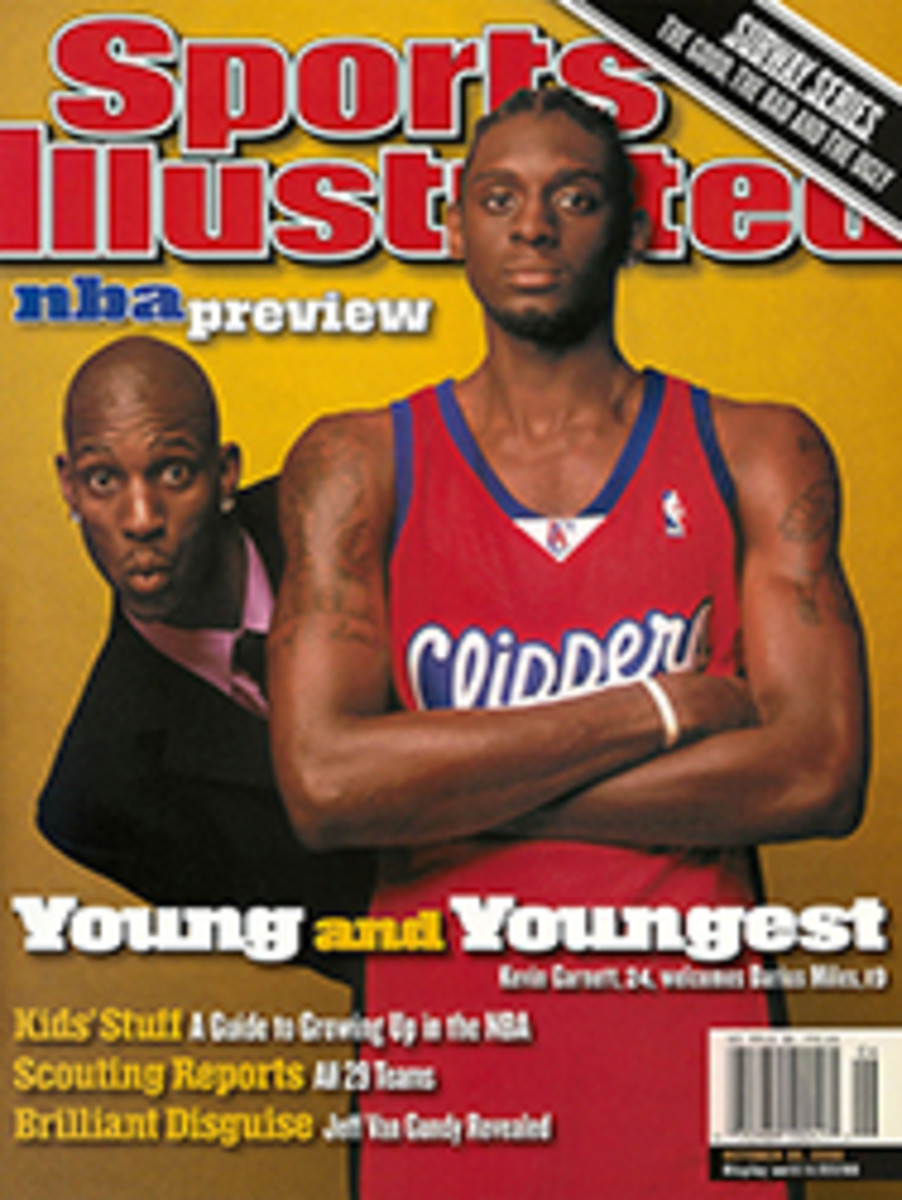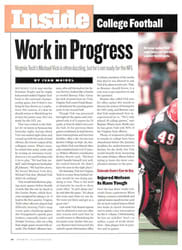
My Shot I hope golfers do the right thing and abide by the rules, no matter what Callaway says
Shame on Callaway Golf. An equipment manufacturer of Callaway's
stature shouldn't encourage players to use a club that doesn't
conform to the Rules of Golf. Callaway promises added distance
with the ERC II, but that doesn't make it right to use the club.
By appealing to the wants of golfers instead of to their needs,
Callaway is saying it's O.K. to cheat.
To protect the game, the springlike effect produced by clubs such
as the ERC II needs to be ratcheted back. That was why, in 1984,
while technical director for the USGA, I fathered the initial
rule outlawing springlike effect. In 1998, not long after
manufacturers had developed titanium woods that could launch
balls an average of 10 yards farther than those made of steel,
the USGA set more specific standards on what constitutes
springlike effect.
Callaway's decision last week to defy those rules by marketing,
in the U.S., a club barred by the USGA is bad for the game, as is
the current situation of having differing standards for
springlike effect among golf's governing bodies. I'm very
disappointed that the R&A declined to rule on springlike effect.
By not taking a stand, the R&A legitimized clubs such as the ERC
II, which are now banned only in the U.S., Canada and Mexico.
Callaway wasted no time capitalizing on this schism. It's no
coincidence that the company announced plans to sell the ERC II
in the States only two months after the R&A announced its
decision, or nondecision.
Having two sets of rules makes for one giant mess. I'd like to
see players and manufacturers abide by a universal standard, and
I'd like to believe that golfers will listen to their consciences
and not cheat themselves by playing an illegal club.
Frank Thomas was the USGA's technical director for 26 years.
COLOR PHOTO: MANNY MILLAN

